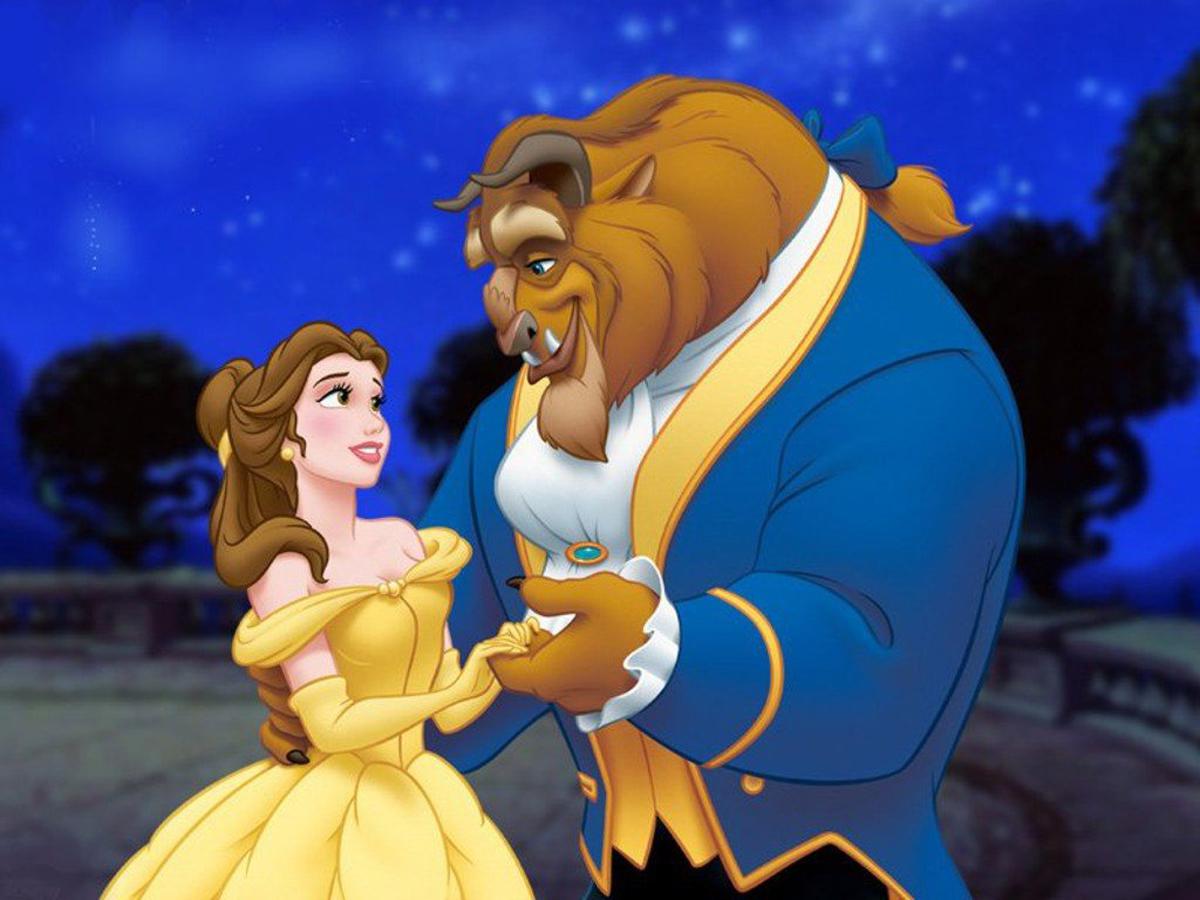Levi Strauss' Theory - Kung Fu Panda
The Levi Strauss Theory of Narrative suggests that there is a theory of 'Binary Opposites', which assumes that the majority of narratives in media form contain opposing main characters. These opposites help to add contrast and set a better narrative. For this case study we will be looking in depth into the movie called 'Kung Fu Panda'.
Some examples of these Binary Opposites that are included in the Kung Fu Panda movie are as following:
- Good vs Evil
- Strong vs Weak
- Rich vs Poor
- Courageous vs Cowardice
Good vs Evil
In the Kung Fu Panda movie. It is clear to see which are the good guys or the bad guys. The good guys will usually all band together in order to fight off the evil force. In this case, Po and his friends are the good guys and Tai Lung is the "Evil" or antagonist.
Strong vs Weak
I think that this specific binary opposite make the movie for what it is. For the main characters or the "good guys", it portrays the feeling or need to get stronger in order to fight off the evil force which is Tai Lung as he is much stronger than them. In order to do this, it is shown in the movie that they all train and work really hard in order to become stronger and not weak.
Rich vs Poor
This is another aspect of the movie that doesn't really shine as much but plays an important role in the narrative. I think that in the Kung Fu Panda movie, it is shown that there are many different people of varying social status. For example, in the movie Po was actually described and shown to be a poor little baby panda that was taken in by his master and be taught proper manners.
Courageous vs Cowardice
This is the final binary opposite that I will be highlighting for this case study. In my opinion, this opposite helps with the flow of the movie and narrative. This is because instead of falling back and running away from their fears, the characters shown in the movie actually try their hardest in order to conquer their fears and move forward into a better future.



Comments
Post a Comment